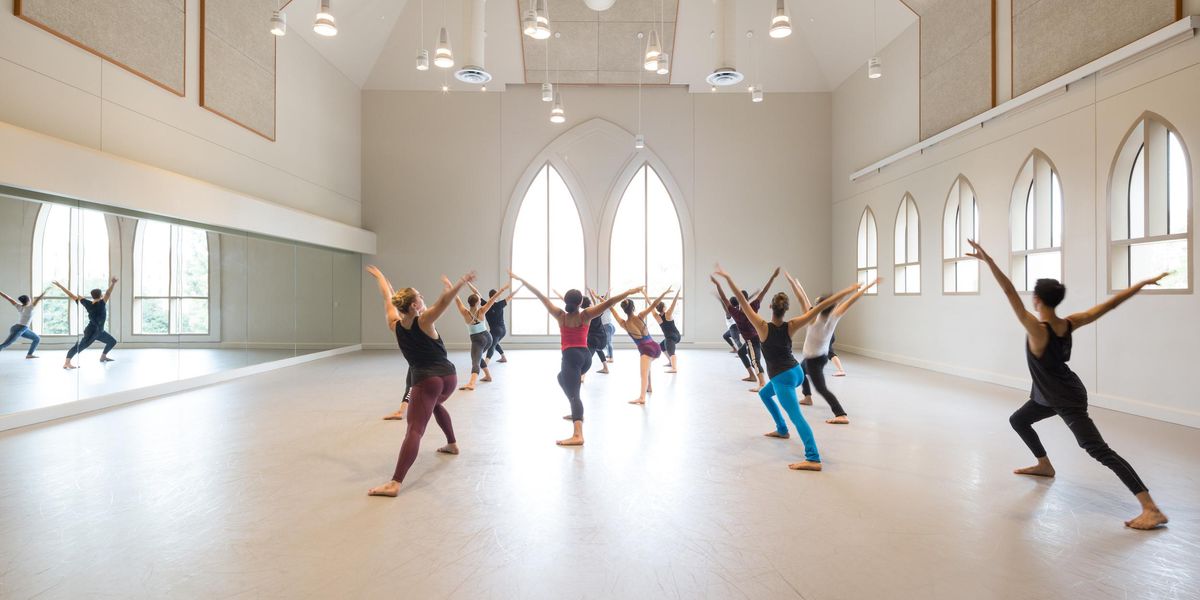Advice for Dancers
I can’t seem to hang on to friends now that I’m getting singled out for solo roles. Either they snub me, act mean, or just lose interest. It’s hard to work in this atmosphere. My family lives in a different state and my friends were all I had. I feel so alone. What should I do?
Feeling Lost
NYC
I’m so sorry. It’s never easy to be rejected by friends. Yet life in a dance company is competitive. Everyone wants to excel, but only a few are chosen to perform solo roles. Even fewer get promoted. This puts a strain on relationships, not just between friends but between couples, as well. It helps to have a support system outside of the company. For example, you might make new friends at your local health club or, if you’re taking an academic course, college. Another easy way to branch out is to get a dog—if you like animals and have some time to spare. It’s amazing how many people will talk to you when you’re out walking your dog. You can also check out www.meetup.com, where groups of people with shared interests plan meetings and form offline clubs in their communities. Perhaps you have an interest in foreign films or a particular kind of music. You don’t have to put all your eggs in one basket when it comes to having friends. I also wouldn’t be surprised if some of your former dance friends didn’t regret their behavior and make up once they have time to miss you.
Is there any way to stop worrying? I’ve always been a bit anxious, but it has gotten completely out of hand since I came back from my last sprained ankle. It took me several months before I could perform full-out. My doctor and physical therapist tell me I’m fine, but I constantly worry—what if it gives way or gets hurt again?
John
Columbus, OH
If it’s any consolation, it’s normal to be somewhat tentative after a debilitating injury. Your body has betrayed you, and learning to trust it again will take time. The best way to ease your mind is to take precautions. Weak or loose ankles may need supportive braces during recovery. To avoid another sprain, make sure you are fully rehabilitated. This requires physical therapy under your doctor’s guidance. You also need to correct any loss of proprioception so you know what your ankle is doing without looking at it. The last components are regaining endurance and timing through dance classes. You can cut back on unnecessary worrying by stopping it early before it becomes a vicious cycle. Focus your attention on something else, whether it’s a correction, conversation, or a more positive train of thought. Research shows that 95 percent of the negative outcomes we worry about never happen. Now that’s a comforting thought.
I felt compelled to write in the hope of inspiring “Broken Heart in PA” (Sept. 2011) with my own story. I too stopped dancing at 24 when I couldn’t find work after performing at Radio City Music Hall and in
Showboat. Every audition had 100 or more girls with only four or eight openings. It was so disheartening that I became a fashion model for Harper’s Bazaar and Vogue. I did well financially but emotionally I felt like a robot. One night I began to cry and told my mother in a squeaky voice, “I’ve got to dance again, I can’t live without it.” It took 10 weeks of daily practice before I got my old job back at Radio City. When I was later performing in A Tree Grows in Brooklyn and Wonderful Town, I saved money to produce a one-woman concert, which I took on tour for nine years before creating my own Opera House in the desert. I took an empty building nobody wanted and made it into a home for my dreams. I have been performing here for 43 years. As I look back, I am grateful that I woke up to the fact that there is more to dance than Broadway musicals and ballet companies.
Life is not over. You still have time. Use your imagination. Plan a life of dance for yourself. Follow your dream!
Marta Becket
Death Valley Junction, CA
Marta, you certainly inspired me! You’ve remained true to your passion by following a unique route that has brought you personal fulfillment. I became aware of your work through the 2000 Emmy Award–winning documentary about your life, Amargosa, which I loved. It told how you prepared for an audience by performing in an empty theater in the desert before a giant mural of a Renaissance Court that you painted. This generated write-ups in National Geographic, Life, and Dance Magazine (Feb. 2003) and eventually led to sold-out audiences from all over the world (including my mother). Not surprisingly, you have helped many people find the courage to follow their dreams. May we all have your perseverance, including “Broken Heart from PA.”
Former New York City Ballet dancer Linda Hamilton, Ph.D., is a psychologist in private practice, the author of
Advice for Dancers (Jossey-Bass), and co-author of The Dancer’s Way: The New York City Ballet Guide to Mind, Body and Nutrition (St. Martin’s Griffin). Her website is www.wellness4performers.com.




